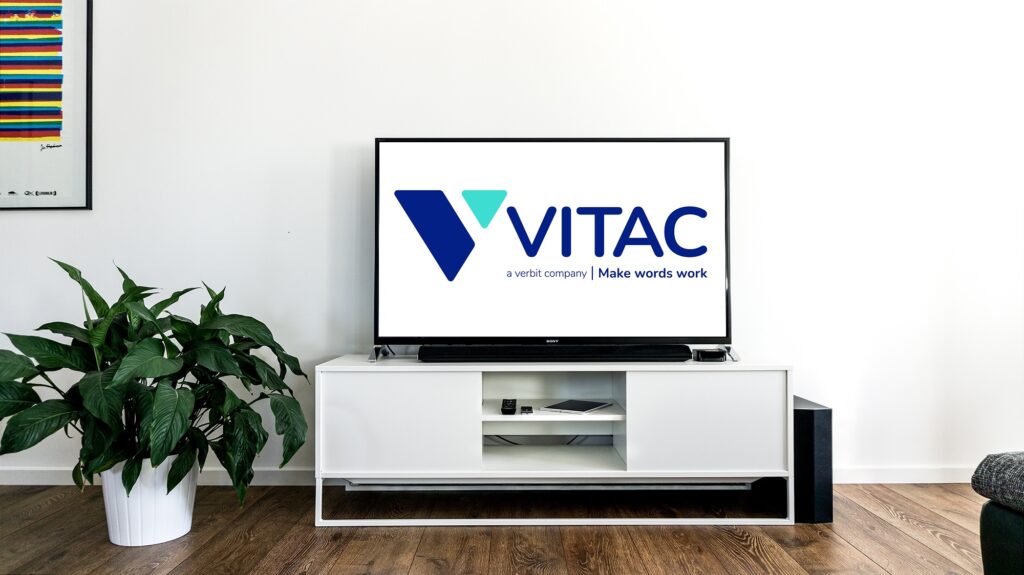On February 20, 2014, the FCC announced the most dramatic changes to caption standards since the CVAA passed in 2010. The Report and Order, released on February 24th, comes ten years after the issue of caption quality was raised by Telecommunications for the Deaf, Inc, and mandates specific practices for program providers, distributors, caption companies and captioners. VITAC representatives Heather York, VP Marketing, and Amy Bowlen, Manager of Realtime Training, took an active role in collaborating with industry representatives and establishing which proposed modifications were most urgent.
Below are some of the most notable best practices established in this meeting:
-To be accurate, captions must reflect not only the dialogue, but also sounds and music to the fullest extent possible. Accurate captions must also identify the speaker.
-Captions may not cover significant on-screen images, including important graphics and character faces.
-All new on-demand programming must be captioned, whether English, Spanish, or bilingual.
-Offline programming must be programmed offline (as opposed to live or live-to-tape), except in cases of last-minute editorial changes to the program, proprietary considerations of the program’s content, or a damaged caption file.
-All new English-Spanish bilingual programming must be captioned. 75% of such captioning that existed before the ruling must be captioned by a date to be determined by the FCC.
Going forward, the FCC also hopes to address captioning requirements for online clips and whether or not to publicly post captioning complaints from consumers. Download the full report and order here.



